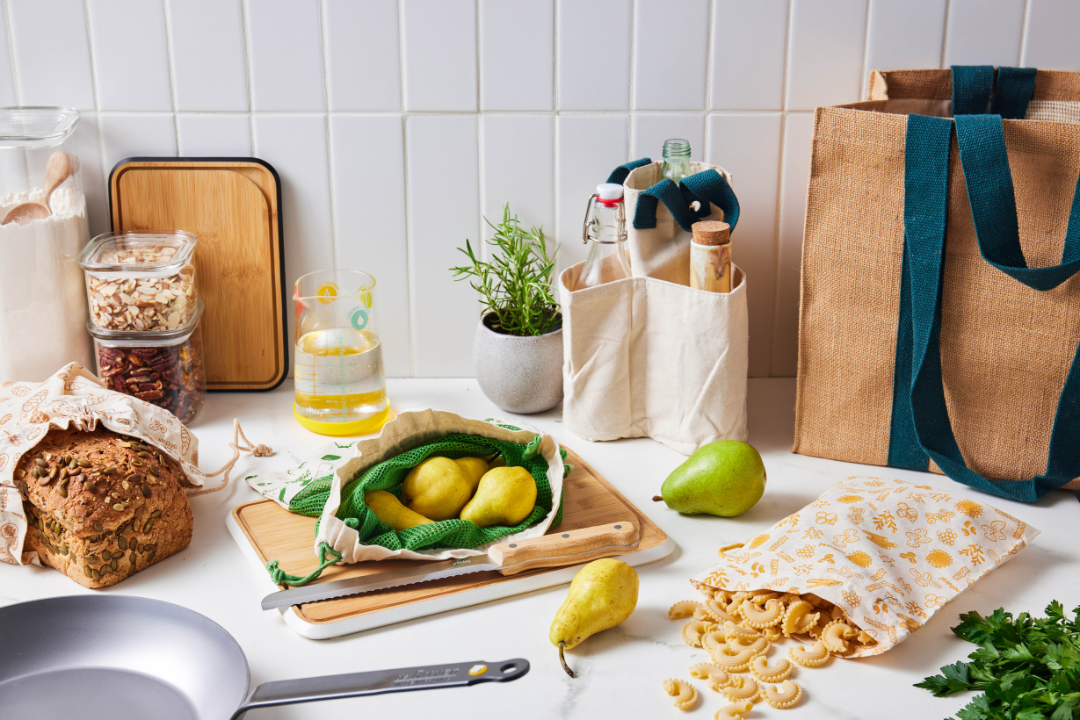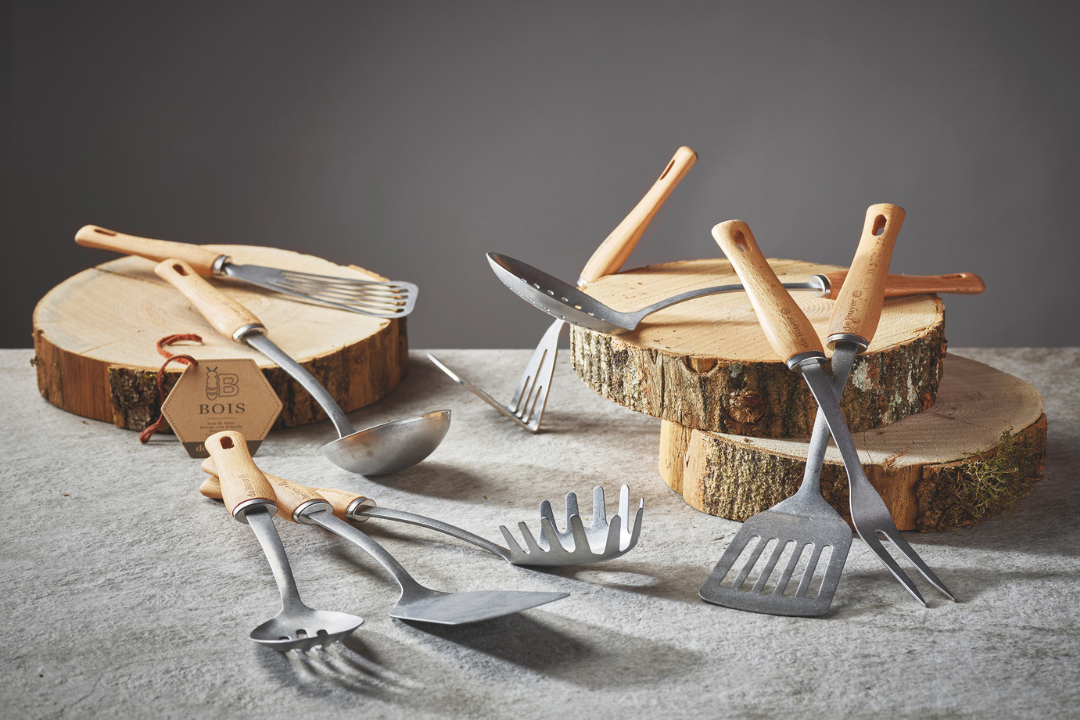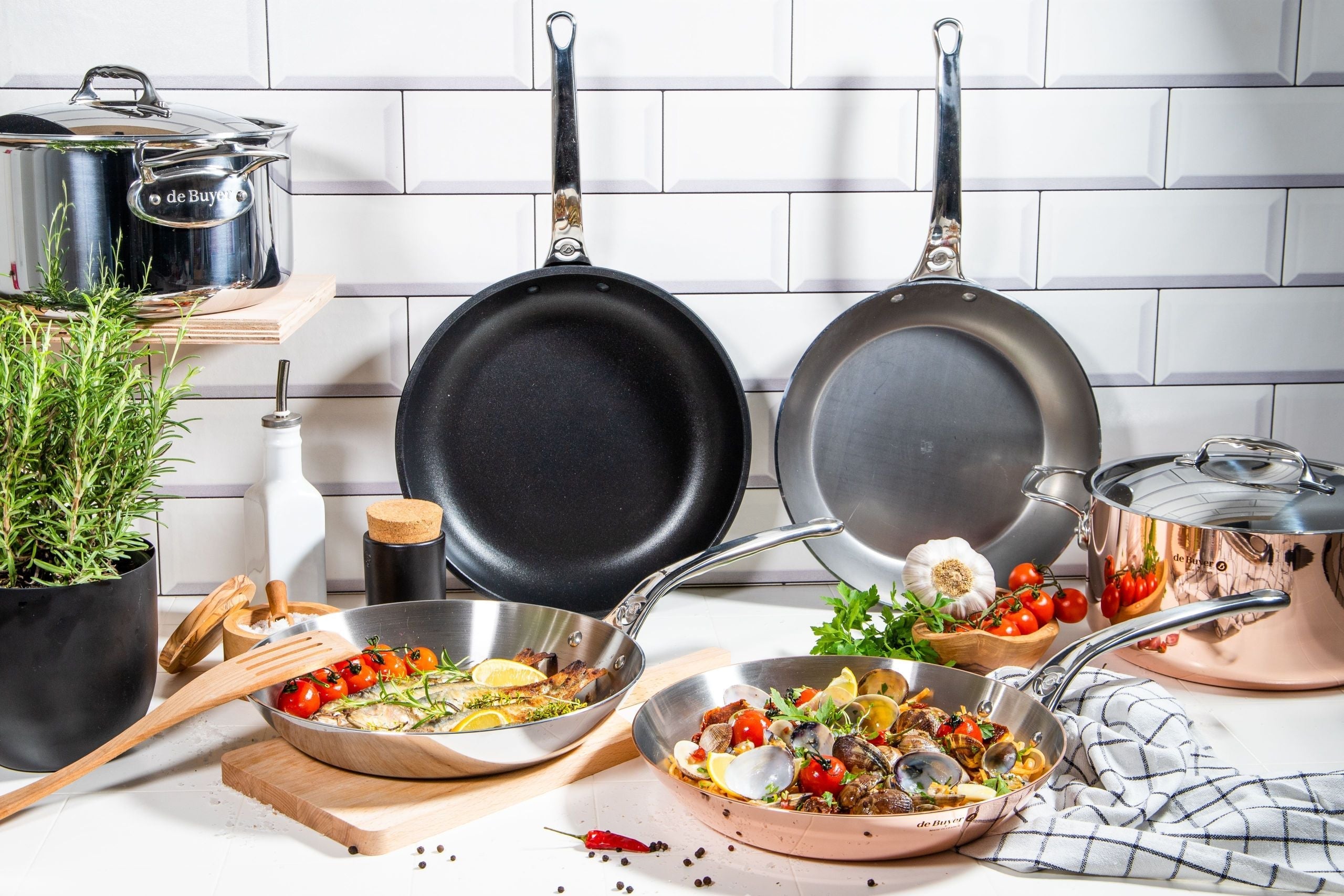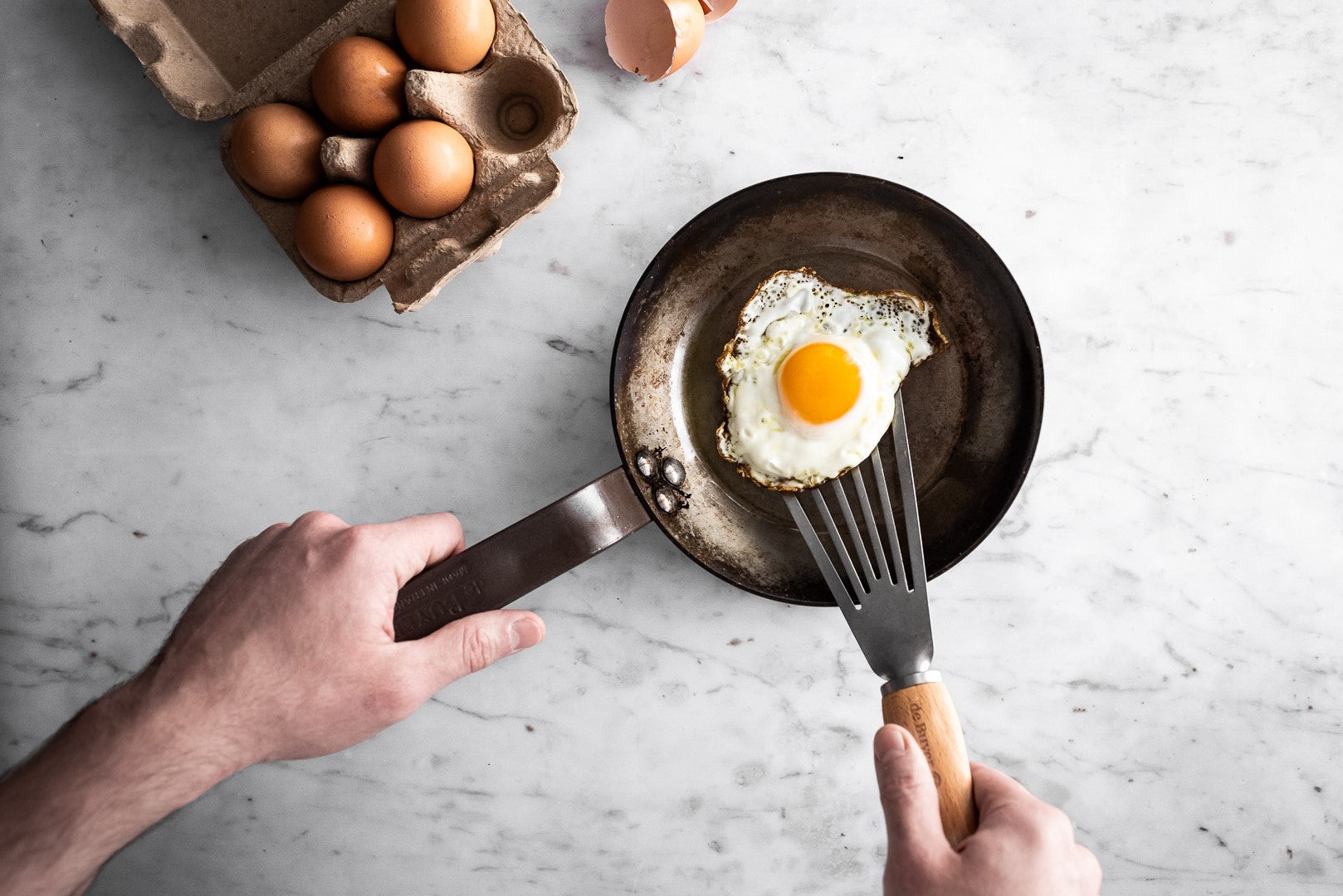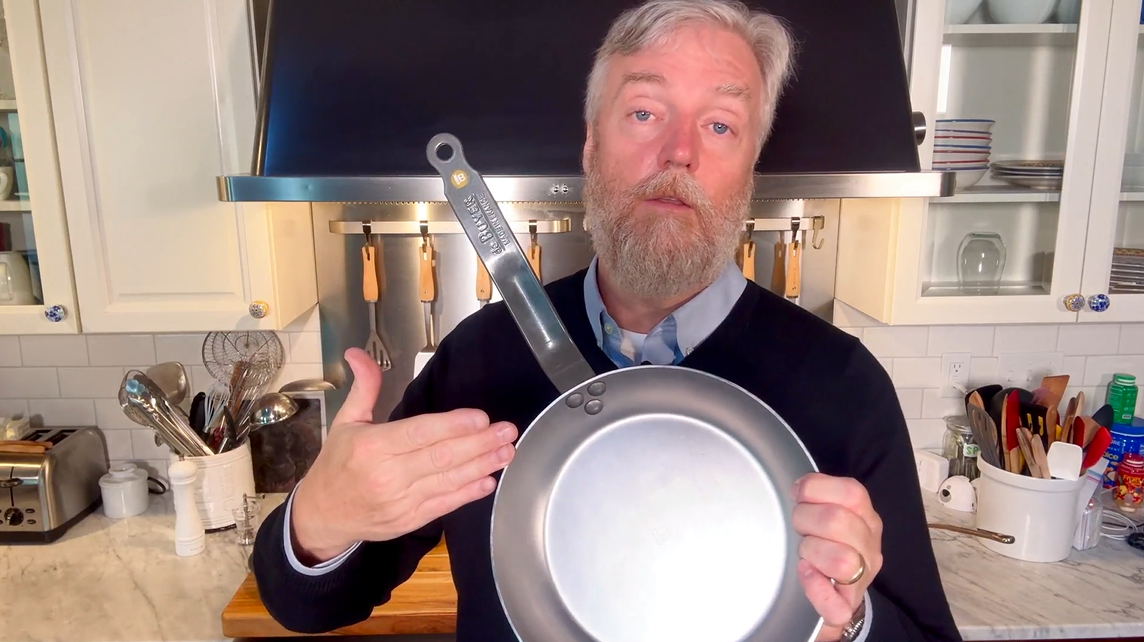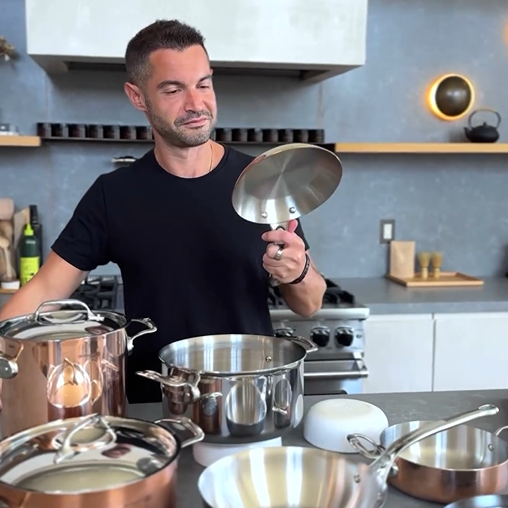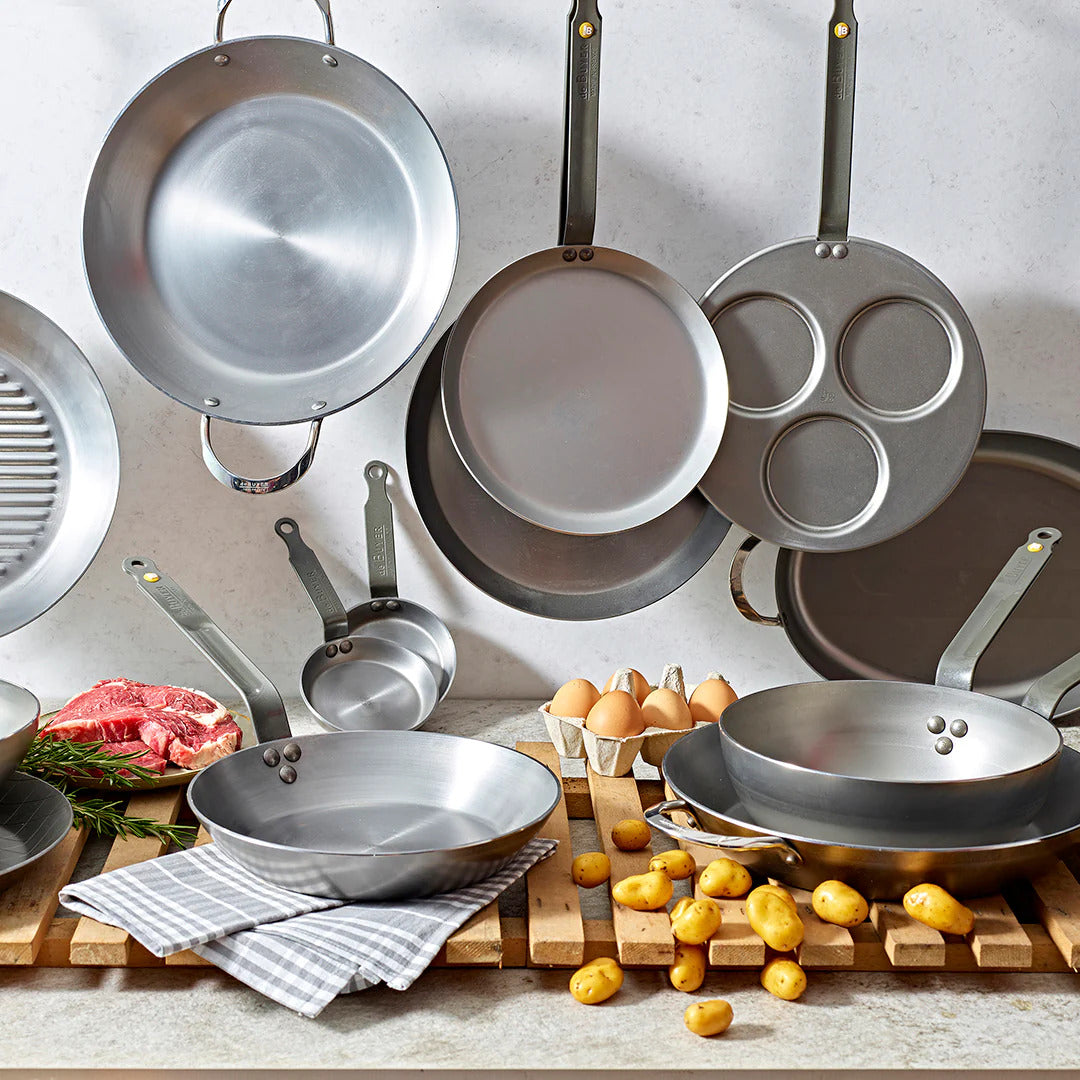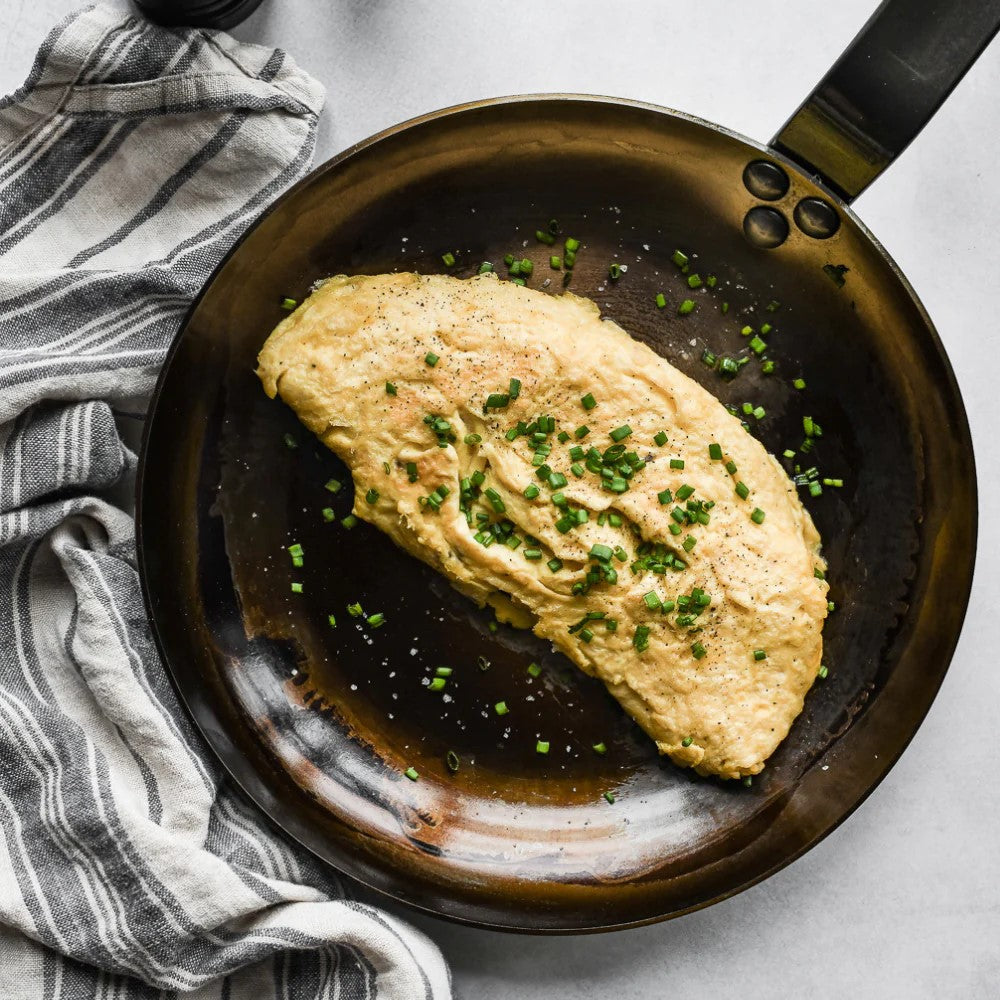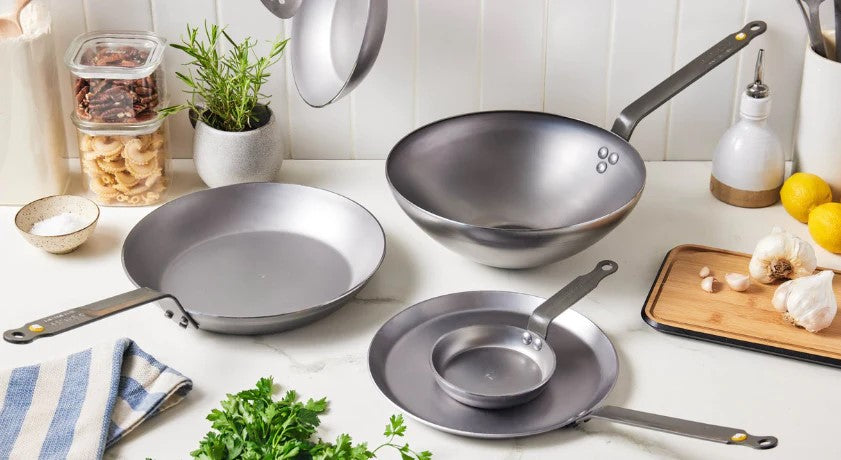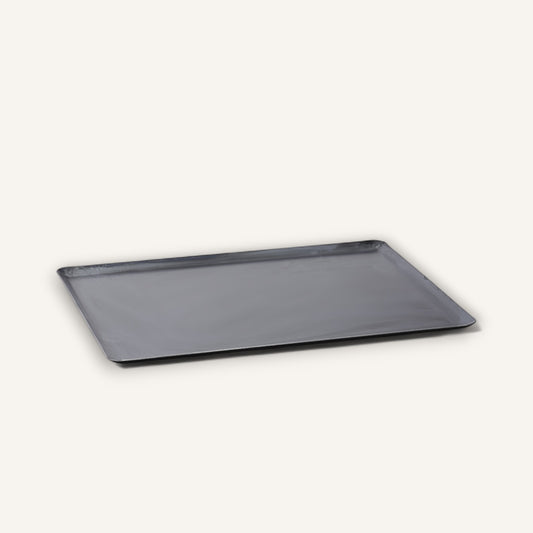Cooking aficionados and professionals need assurance that their kitchen tools will perform at the 1,000th use just like at the first. Making cookware last is an art form that requires expert insights and practical tips. Using a pan without an understanding of its materials and maintenance requirements is a recipe for disaster.
With proper care and information, cooks can keep kitchenware in top shape for decades. This article will provide information that assists cooks in prolonging the lifespan of their cookware and getting the most out of their investment.
How Long Do Pots and Pans Last?
Cookware can be expensive, and many cooks worry they’re wasting money on a pan that will need replacement in a few short years. The reality is that good kitchenware can last you for a long, long time, making it well worth the purchase price.
Below are the average lifespans of the most popular cookware materials.
-
Nonstick cookware: Low-quality nonstick pans may last only two years, while premium nonstick pans may keep functioning for five to ten years. The nonstick coating will usually wear away as the pan reaches a decade.
-
Stainless steel cookware: Well-made stainless steel pans will last decades of constant use.
-
Copper cookware: Copper pots and pans can last a lifetime. However, if your particular copper pan is lined with tin, it may need to be relined every few decades.
-
Carbon steel cookware: High-quality carbon steel pans will last a lifetime if used properly.
-
Cast iron cookware: Cast iron pans are similar in longevity to carbon steel pans. They will keep performing for decades, even a lifetime.
-
Ceramic cookware: Ceramic pans typically have a shorter lifespan of less than five years. Both pure ceramic and ceramic coatings are naturally more delicate than other materials.
These anticipated lifespans are only accurate when home cooks and chefs treat their cookware well and purchase quality cookware. Investing in quality cookware you know how to use and care for will ensure you have a lasting cookware set.
The Value of Premium Cookware
Any cook can order a cheap set online and have it delivered the next day. These pans may function perfectly for a time, but they will start to decline very quickly after six to twelve months. Investing in high-quality pots and pans means getting tools with natural materials and careful construction.
Premium cookware brand de Buyer is committed to durability and longevity. de Buyer cookware is tough, with excellent heat distribution and ergonomic designs that resist warping and increase comfort. Chefs and home cooks will get years and years out of the quality pieces from de Buyer, saving them money in the long run.
The Environmental Impact of Cookware Longevity
America alone produces over 292 million tons of trash annually, much of which is food waste, kitchen appliances, and cookware. The environmental footprint of disposable and short-lived cookware options cannot be overstated. Most useless pots and pans are not recycled or cannot be recycled.
These tools sit and rot in landfills worldwide. Future generations rely on modern customers making sustainable consumer choices. The benefits of choosing durable, long-lasting pots and pans include saving money and saving the Earth.
de Buyer is a kitchenware company that demonstrates care and responsibility toward its customers and the environment. We prioritize ethical sourcing and environmental sustainability. Our experts have gathered some tips for reducing waste and promoting sustainability in your own kitchen.
-
Tip #1—Invest in High-Quality Cookware: Proper care for a premier frying pan or Dutch oven will ensure a long-lasting life in your cooking arsenal.
-
Tip #2—Invest in Eco-Friendly Appliances: Look for appliances with the Energy Star sticker. This sticker indicates that the appliance adheres to environmental recommendations set by the U.S. Environmental Protection Agency and the U.S. Department of Energy.
-
Tip #3—Avoid Using Plastic: Most plastics never fully degrade. Instead, use paper, recyclable metal, or other eco-friendly materials.
-
Tip #3—Use Local Ingredients: Transporting our foods requires a lot of resources. Eating locally produced vegetables and meats is an excellent way to lower harmful emissions.
Signs Your Cookware Needs Replacement
Even excellent cookware will eventually wear down. Some key indicators that it may be time to replace pots and pans include warping, flaking, discoloration, or loss of nonstick coating. Regularly inspect your kitchenware for these noticeable changes.
Another way to tell if your pans are wearing down is how they respond on the stovetop or in the oven. Is your sauté pan burning sauces that it used to simmer perfectly? Has your cast iron skillet started heating on one side of the pan more than the other?
First, check your cooking appliances for damage. If your stove works fine, the issue lies with your cookware. Many pans and pots can be recycled instead of tossed in the trash. Check your local recycling center's guidelines on recycling pans.
You should also check your warranty! Many premium kitchenware brands offer warranties and lifetime guarantees. You may be able to get another pan or a credit for a replacement.
Before calling recycling companies or your manufacturer—give your pan one last full clean and season, if necessary. This will confirm that your pan is truly ready for retirement and not just dirty.
Tips and Tricks for Prolonging Cookware Longevity
Here are actionable tips and practical advice for maximizing the lifespan of pots and pans.
-
Avoid Temperature Shocks: Suddenly moving a cool pan to high heat or vice versa can damage the integrity of the material. Let a pan slowly cool down and slowly heat up.
-
Carefully Use Metal Utensils: Metal is safe for use on most cookware, but if misused, it can damage the pan’s surface. Stick with silicone or wood if you’re unsure how to safely use metal.
-
Handwash Only: Some premium pans are technically dishwasher safe, but hand washing is the most gentle way to clean your cookware.
-
Review Care Instructions: Is your new pan oven safe? Can it withstand high temperatures? When should you break out the steel wool or stick with a soft sponge instead? The use and care instructions will answer all these questions and more.
-
Season When Needed: Not all pots and pans require seasoning, but the ones that do need to be seasoned carefully and as directed. Seasoning keeps the nonstick surface and protects the tool from rust.
-
Dry Completely: Rust and other contaminants will grow easier on a damp pan. Completely dry all your cookware before storage.
-
Store With Care: Pans nested against each other can easily cause scratches and scuffs. Use a storage system that layers pots with foam cloth or a rack system.
Ensure Lasting Cookware Value with de Buyer
Maximizing the lifespan of pots and pans gives you more time to learn about your cookware’s responsiveness and best uses. It allows for a seasoning layer to build and offers chefs the time to create a kitchen that functions seamlessly.
Apply the expert tips and techniques provided to make informed decisions when purchasing cookware and to get the most out of your investment.
At de Buyer, our premium pots and pans are made for durability, performance, and longevity. Discover the difference that premium cookware can make.


